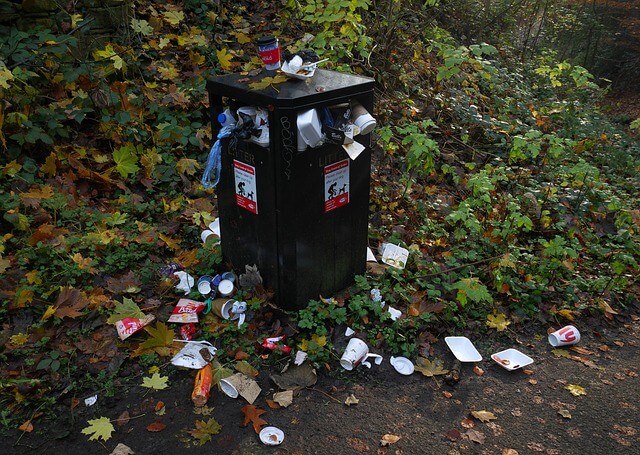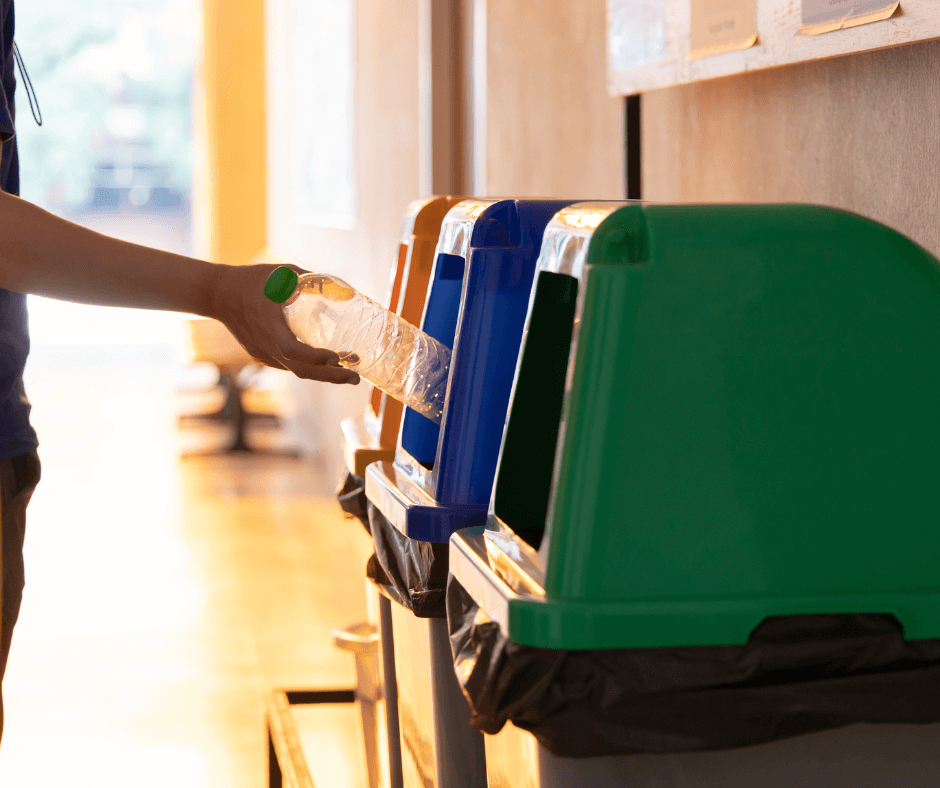Every year, my apartment gets 1 or 2 warnings from the waste collection agents that they will not clear our garbage unless we follow the government’s expectations around dry and wet waste segregation.
The association members send a message on WhatsApp, and things fall in place for a while.
I have to keep reminding my mom that the plastic piece you get when you cut off the end of a pre-packaged food item doesn’t belong with the kitchen waste.
I also have to skip past heaps of chai cups just lying on the ground to get to the chai shop outside my office. People working in business parks might have experienced this.
These are isolated yet connected events. I just never thought about it that way to join the dots.
Why? Because dry and wet waste segregation in India and worldwide has been practiced for some years now. When something becomes routine, I tend to assume that I’m doing things correctly and that slip-ups here and there can be overlooked.
We are human, right? But, even if 50% of the 1+ crore inhabitants of Bengaluru have slip-ups each day, it does make the job of the garbage collection agents difficult.
Why must segregation of waste be done before disposal?

Most of us already know what waste segregation is. The term waste segregation merely means separating our daily waste products into dry and wet waste.
This segregation makes it easier for us and the waste management staff, be it within the local government or private contractors, to reduce the amount of garbage that goes to landfills.
Multiple sources provide lists and examples of dry and wet waste that make it simpler to identify the different waste types.
It is probably easier to ask ourselves if a particular waste product is biodegradable or compostable. If the answer is yes, it will be a wet waste.
Similarly, some items can be reused or repurposed within the dry waste. These can be put separately in a bag for recycling or upcycling.
If we take coconut shells and Tetra Pak as examples, the coconut husk or shell is biodegradable. That means that even if we do not use it to generate compost and it reaches a landfill, it will still disintegrate and become organic material without the need for external intervention.
Well, it does need things like sunlight and oxygen.
A Tetra Pak, on the other hand, can be recycled. If we clean and separate this from other dry waste – for eg. a broken ceramic cup, then it helps the waste management staff send it to a recycling unit straight away.
Otherwise, they would have to sort through our garbage first.
By the way, I checked, and ceramic is recyclable too. It can be done by specialists with the required technical knowledge.
What does waste segregation at source mean?

Over the years, the percentage of waste segregation at source in Bengaluru has been between 30% to 50%, depending on which website you look at. This information may not be current, but BBMP has it at 30%.
These are overall percentages. Some wards achieve a higher at source segregation within the city.
Residents of other cities can check out the 2022 Swachh Survekshan results to know how things stand.
Until last week, I didn’t know that a survey like this existed 😊. This is an annual assessment by the Indian government under the Swachh Bharat mission.
At source here refers to segregation done by waste generators. That is all of us. This could be at our homes, restaurants, business establishments, etc.
To promote greater waste segregation at source, color coding for waste segregation is mandated.
Waste should be separately disposed of into dry and wet waste dustbins. All the wet waste should be collected in green bins and dry waste in blue bins.
The 2Bins1Bag initiative can also be used. Here, the bag is to keep any recyclable items apart from other waste. It is also good too, as far as possible, separate sanitary and hazardous waste.
The color coding might differ in practice at different places. If unsure, I just ask which would be the appropriate bin to use.
How do we know which waste is recyclable? Dry or wet?

Wet waste is primarily organic materials from our kitchens. Hence, the term composting is appropriate here. This type of waste can also be used to make fertilizers or biofuels.
We can also repurpose some of these products. For instance, coconut shells and egg cartons can be used as planters.
Depending on the type and condition they are in, some dry waste such as paper, metal, and even certain varieties of plastic can be recycled. PET bottles are a good example of recyclable plastic.
Advantages of waste segregation – what’s in it for us?
- It is our environment, so we should keep it clean. Less is better in this case. The lesser garbage accumulating in open spaces or reaching landfills, the better.
- Burning garbage in open spaces as well as dumping them in landfills releases toxic gases such as carbon dioxide or methane.
- Pollution spikes respiratory diseases, and one way to ensure we don’t need to use air purifiers at home is to keep our overall environment clean.
- Segregation leads to actively thinking about how to reuse things we would normally discard. There’s money to be saved or earned through DIY projects too.
- We leave behind a cleaner world for our future generations.
To wrap things up, we must play our part if we want social change. Playing our part could take the shape of making conscious choices or spreading awareness.
The 5Rs of waste management can help in this regard.
Refuse > Reduce > Reuse > Repurpose > Recycle.
In making conscious choices about how much and what type of products we buy, we refuse unsustainable practices.
If we reduce the amount of waste we generate, both segregation and disposal become easy. That, in turn, makes waste collection and management more effortless.
It may not be easy, but good things take time and effort.
Do check out my related post on What are eco-friendly products?